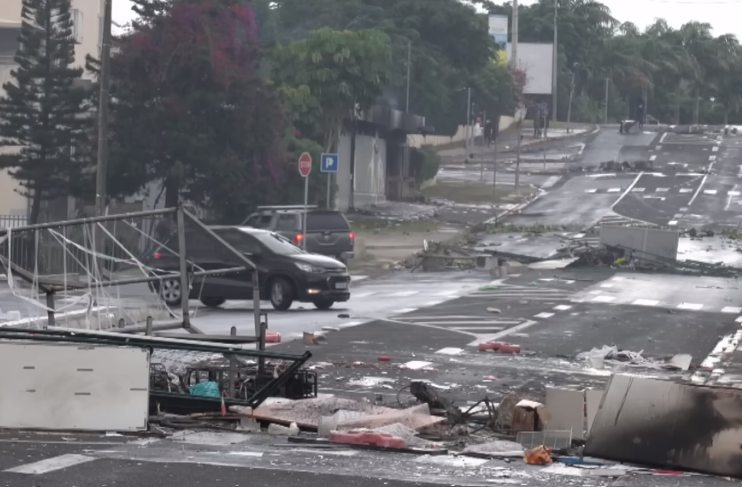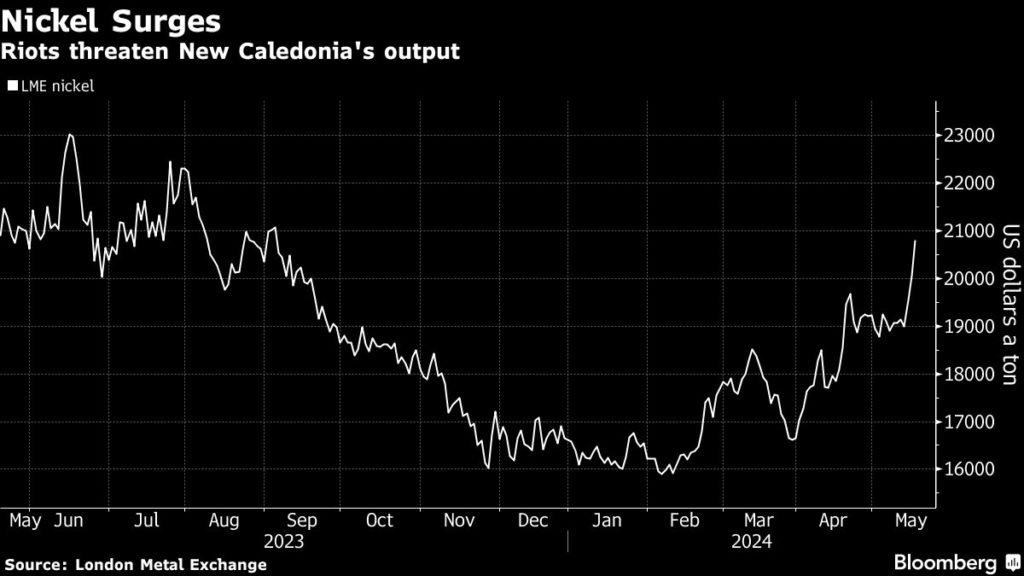A review on recovery processes of metals from E-waste: A green perspective
Introduction
Recycling and recovery of metals and other components present in electronic and electrical waste or E-waste has become a major concern in terms of environment and socio-economic aspects. Approximately, 53.6 million metric tons (Mt) of E-waste was generated in 2019 and is expected to reach 74 Mt. in 2030 (Al-Salem et al., 2022). About 9.3 Mt. of E-waste has been reported as collected and recycled formally which is 17.4 % of the total amount of E-waste generated (Forti et al., 2020; Singh and Ogunseitan, 2022). Management of E-waste has become the most significant challenge across the world as it is made up of >100 various ‘hazardous’ or ‘non-hazardous compounds which include organics materials (glass-fibre, flame retardants, polymers), non-organics materials (ferrous metals and non-ferrous metals), and ceramics (Kaya, 2016; Shittu et al., 2021). Therefore, disposal of E-waste directly in the environment causes environmental and human health risks (Mohammed et al., 2013; Ankit et al., 2021; Parvez et al., 2021; Dutta et al., 2022). Improper E-waste recycling practices in the developing countries resulted in the generation of toxic gases, such as dioxin and furan (polychlorinated dibenzo-p-dioxins, and dibenzofurans (PCDD/Fs), and hazardous components comprising heavy metals, such as lead (Pb), cadmium (Cd), chromium (Cr), mercury (Hg), polychlorinated biphenyls (PCBs), polychlorinated diphenyl ethers (PCDEs), etc. (Song and Li, 2014; Awasthi et al., 2019). In view of the overall demand for valuable metals (base, precious, and rare earth metals (REMs)) for the production of new EEEs, E-waste has been considered as a secondary source (Vats and Singh, 2015; Maneesuwannarat et al., 2016; Debnath et al., 2018; Pourhossein and Mousavi, 2018). The lower recycling rates also show that significant amounts of REMs precious and base metals, and other high-value recoverable critical raw materials that were present in E-waste, valued at about US $57 billion, were either landfilled, burned, or processed using crude recycling techniques (Sengupta et al., 2022).
E-waste has been recycled mostly using mechanical and chemical processes for the last few decades (Pant and Singh, 2013; Kaya, 2016). For proper E-waste treatment, several studies are carried out which include physical, chemical, and biological processes. Presently, the hybrid of biological with the chemical process for metal recovery from E-waste is in high demand as it has been considered as a green technology (Kim et al., 2016). Each of these recycling processes has limitations like high capital costs in mechanical processes, and chemical process which leads to the generation of toxic gases and liquid waste (Arshadi and Mousavi, 2014; Hong and Valix, 2014; Baniasadi et al., 2019; Rozas et al., 2019). Thus, it is the utmost requirement at present to emphasize cost-effective methodology for the management of E-waste in a scientific way ensuring environmental protection, safe human health finally leading to the economic growth of the country.
Although several research and review papers are published regarding E-waste recycling technologies, yet there are only few publications comprising all the E-waste technologies (pyrometallurgy, hydrometallurgy, bioleaching and/or biometallurgy), their advantages, disadvantages, socio and techno-economic aspects. This review has summarized the major publications in last 5 years which provided an idea about the most promising technology for E-waste recycling. On comparing all the technologies, biometallurgy has been considered as a green technology and hence different processes involved in biometallurgy have been explained comprehensively. Along with the description of the processes, the circular economic framework has also been incorporated with the socio-economic and techno-economic analyses. The gaps and limitation of different technologies have been identified and potential future perspectives are discussed.
E-wastes comprise a heterogenous mixture of metals, glass, plastics, and ceramics. It contains precious metals (gold (Au), silver (Ag), palladium (Pd), and platinum (Pt)), and; hazardous materials (Pd, Cd, Cr, Hg, arsenic (As), nickel (Ni), copper (Cu), cobalt (Co), lithium (Li), etc.); non-hazardous materials (iron and steel) as well as REMs (neodymium, praseodymium, tantalum, and indium) (Wath et al., 2010; Dasgupta et al., 2014). The presence of various valuable metals in E-waste have been summarized in Table 1.
The plethora of toxic metals and other materials present in E-waste causes adverse effects (directly or indirectly) on the entire biota. Release of acids, heavy metals, lethal chemicals and compounds can be explained under the direct impacts, whereas, indirect impact comprises the heavy metal biomagnification concept. In the E-waste informal sector, the workers including women and children are exposed to the toxic metals and these contaminants get stored in fatty acids, resulting in health complications such as risk of causing cancer, DNA damage, etc. (Li and Achal, 2020; Dutta and Goel, 2021). Direct disposal of E-waste and improper recycling activities leads to air, soil, surface water, and ground water contamination as shown in Fig. 1. Studies are present which reported the adverse effect of E-waste on human health and on the environment (Sankhla et al., 2016; Fu et al., 2018; Li and Achal, 2020; Rautela et al., 2021; Dutta and Goel, 2021; Dutta et al., 2021a, Dutta et al., 2022).
This review consolidated the methodologies adapted for recovering metals and managing E-waste. In view of the limitations of different processes, an environmentally sound E-waste management practice has been identified which can provide potential solutions, and highlight the importance of advanced E-waste recycling technologies.
A bibliometric study was carried out in VOSviewer software version 1.6.18 with help of scopus database using different keywords such as i) E-waste, bioleaching, ii) E-waste, bioremediation, and iii) E-waste, circular economy. The authors, abstract, keywords, document title, and references for the data analysis, synthesis, and interpretation are all included in the information of the publications that were taken from the SCOPUS platform. A cluster analysis of the literature is particularly possible when all the data from the bibliometric database are analysed and the co-occurrence of text data is investigated (Bhattacharyya et al., 2022). The data obtained have been shown in Fig. 2. (a), (b) and (c), it can be seen that the minimum number of documents of authors (2 clusters) using keywords (a), (b), and (c) were 97, 88, and 109 respectively. Also, the density map of countries showed that the maximum number of documents were published in countries like India, China, Australia, etc. Moreover, the density map of keywords (E-waste, circular economy) was generated with a co-occurrence >2 cluster, including 806 keywords in the map. Whereas, the density map of keywords (E-waste, bioremediation) and (E-waste, bioleaching) were generated with a co-occurrence >2 cluster, including 649 and 526 keywords respectively, in the map.
Based on the bibliometric study, a holistic picture of the publications and their authors, countries and different keywords related to E-waste have been represented in the present study which would help in identifying the suitable processes for future research studies on recovery of metals from E-waste.
Section snippets
Treatment technologies for metal recovery from E-waste
Different techniques have been developed for recovering value-added products from the E-waste likes pyrometallurgy, hydrometallurgy, electrometallurgy, and biometallurgy or bioleaching have been used successfully (Kaya, 2016). Hybrid of pyro- and hydro-metallurgy have also been developed for attaining maximum efficiency and consumption of less time (Kumari et al., 2010; Khaliq et al., 2014). Before following the processes, pre-treatment is the major step for maximizing the metal recovery from
Biological treatment technologies
Biological treatment technologies for recovering metals from E-waste can be defined as the process of converting metals from their insoluble form to their soluble counterparts through the intervention of microbial agents viz., bacteria, archaea, fungi, and their mixture followed by purification of the dissolved metal (Cui and Zhang, 2008; Mohanty et al., 2018). The different biological aspects for metal recovery from E-waste have been presented in Fig. 3.
Bioeconomic aspects of the biological treatment technologies
The bioeconomy concept is the part of the technology whose main goal is to benefit businesses, society, and nature with the use of renewable biological resources from soil and water in a responsible manner. The main focus of the bioeconomy is to achieve maximum yield while the consumption of natural resources should be minimum. These approaches are based on waste reduction, recycling, and resource recovery (Logakanthi et al., 2020). Biological treatment technologies like bioleaching or
Remaining challenges
Usually, the current industrial processes for metal recovery from E-waste are focused mainly on hydrometallurgical and pyrometallurgical processes because these processes have high recycling efficiencies in short duration. However, there are some serious challenges which needs to be mended for theses processes. During the pyrometallurgy process, toxic gases like dioxins, furans, flame retardants, volatile metals, SO2, CO2, Br2 etc. along with with Cr, Pb, Cd, and Hg gets released and energy
Future perspectives
E-waste management is the most challenging concern at present time. Several technologies have been identified for recycling E-waste. Future research can aim at the development of new technology which can be considered ‘green technology’ leading towards the concept of the circular economy. The application of new materials, nanotechnology, and hybrid techniques for more efficiency should be the new research area. The life cycle analysis of the EEE may aid in finding innovative ideas to manage
Conclusion
Development of proper and scientific techniques for E-waste management is very much needed to achieve the concept of the circular economy for the protection of the environment and human health. Pyrometallurgy, hydrometallurgy, and biometallurgy are the common technologies being reviewed in this study. The advantages and limitations of each of the technologies have been provided and in comparison to other processes like biometallurgy has been found to be safe, eco-friendly, and cost-effective.
CRediT authorship contribution statement
Deblina Dutta: Conceptualization and writing original draft; Deblina Dutta, Rahul Rautela, Gujjala Lohit Kumar Srinivas, Debajyoti Kundu, Pooja Sharma, Mamta Tembhare: Writing original draft; Sunil Kumar: Supervision; Writing: Reviewing and editing.
Declaration of competing interest
The authors declare that they have no known competing financial interests or personal relationships that could have appeared to influence the work reported in this paper.
Acknowledgements
Authors would like to acknowledge the Director, CSIR-NEERI for providing infrastructural support to carry out the work.
References (175)
- et al.
Survey and analysis of public knowledge, awareness and willingness to pay in Kuala Lumpur, Malaysia–a case study on household WEEE management
J. Clean. Prod.
(2013) - et al.
Valorization of waste LCD and recovery of critical raw material for circular economy: a review
Resour. Conserv. Recycl.
(2019) - et al.
On the implementation of the circular economy route for E-waste management: a critical review and an analysis for the case of the State of Kuwait
J. Environ. Manag.
(2022) - et al.
Electronic waste and their leachates impact on human health and environment: global ecological threat and management
Environ. Technol. Innov.
(2021) - et al.
Simultaneous recovery of Ni and Cu from computer-printed circuit boards using bioleaching: statistical evaluation and optimization
Bioresour. Technol.
(2014) - et al.
Enhancement of simultaneous gold and copper extraction from computer printed circuit boards using Bacillus megaterium
Bioresour. Technol.
(2015) - et al.
Ni and cu recovery by bioleaching from the printed circuit boards of mobile phones in non-conventional medium
J. Environ. Manag.
(2019) - et al.
Green recovery of Cu-Ni-Fe from a mixture of spent PCBs using adapted A. ferrooxidans in a bubble column bioreactor
Sep. Purif. Technol.
(2021) - et al.
Evaluation of soil contamination due to crude E-waste recycling activities in the capital city of India
Process Saf Environ. Prot.
(2021) - et al.
Management of electrical and electronic waste: a comparative evaluation of China and India
Renew. Sust. Energ. Rev.
(2017)
Cited by (54)
Ti<inf>3</inf>AlC<inf>2</inf> MAX Phase: A surprising candidate material for highly selective and efficient gold recovery from strong acid solutions
2024, Separation and Purification TechnologyA comprehensive review of the mechanical separation of waste printed circuit boards
2024, Process Safety and Environmental ProtectionSustainable recovery of metals from e-waste using deep eutectic solvents: Advances, challenges, and perspectives
2024, Current Opinion in Green and Sustainable ChemistryCan e-waste recycling provide a solution to the scarcity of rare earth metals? An overview of e-waste recycling methods
2024, Science of the Total Environment



